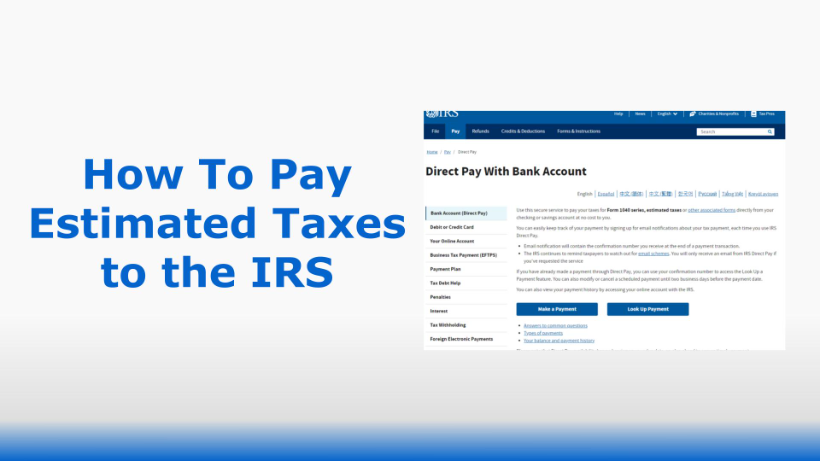The American Opportunity Tax Credit (AOTC)
Published:Offset the Costs of Higher Education by Reducing Your Income Tax
The American Opportunity Tax Credit (AOTC) was originally introduced for tax years 2009 and 2010 under the American Recovery and Reinvestment Act (ARRA). The AOTC was designed as a stimulus to assist individual taxpayers into a new career or new career stage.
What Is the American Opportunity Tax Credit?
The AOTC is intended to help offset college expenses. It is a tax credit of up to $2,500 of the cost of tuition, fees, and course materials paid during the taxable year. In addition, 40% of the credit (up to $1,000) is refundable, which means you can claim it even if you owe no tax.
RELATED: Refundable vs. Non-Refundable Tax Credits
The AOTC modifies the existing Hope Credit by making the Hope Credit (now renamed the American Opportunity Tax Credit) available to a broader range of taxpayers, including taxpayers with higher incomes as well as those who owe no tax. The AOTC adds “required course materials” to the list of qualifying expenses. It also allows the credit to be claimed for the first four years of post-secondary education, instead of just two.
If you are eligible for this tax credit, there is a good chance you will qualify for the maximum annual credit of $2,500 per student. The full tax credit is available to individuals whose Modified Adjusted Gross Income (MAGI) is $80,000 or less ($160,000 or less for married couples filing a joint return). The credit “phases out” for taxpayers with incomes above those thresholds. Note that the AOTC’s phaseout thresholds are higher than the existing Hope Credit and Lifetime Learning Credit.
Qualifying As a Student for the AOTC
To qualify as a student for the American Opportunity Tax Credit, the individual must:
- Be enrolled in a program leading toward a degree, certificate, or other recognized post-secondary educational credential
- Not have completed the first four years of post-secondary education as of the beginning of the taxable year
- Carry at least half of the normal full-time work load for the pertinent course of study during at least one academic period
- Not have been convicted of a felony drug offense
RELATED: Tax Benefits for Education
Qualified Educational Expenses
Qualified expenses for the American Opportunity Tax Credit include the tuition and fees required for enrollment/attendance at an eligible post-secondary educational institution. The expenses paid during a taxable year must relate to: 1) an academic period beginning in the same taxable year; or 2) an academic period beginning in the first three months of the following taxable year.
As mentioned earlier, “required course materials” are now included in qualified expenses. This includes books, supplies, and equipment not necessarily paid to the school. For example, the cost of a computer may be a qualified expense, depending on the circumstances (specifically, whether the computer is a condition of attendance or enrollment established by the school).
Some expenses do not qualify for the AOTC, including: room and board, transportation, insurance and medical expenses, expenses paid with tax-free educational assistance, and student fees that aren’t required for enrollment/attendance.
NOTE: You cannot claim the same expenses for more than one type of education tax benefit. In other words, if you claim the American Opportunity Tax Credit, you cannot claim the Lifetime Learning Credit for the same student in the same year. This is to prevent people from “double-dipping.”
How to Claim the American Opportunity Tax Credit
Your education expenses are recorded on IRS Form 1098-T (Tuition Statement), which you should receive from the educational institution that the student attended.
To claim the AOTC, complete IRS Form 8863 (Education Credits) and attach it to your Form 1040.
For more information about the American Opportunity Tax Credit, please see IRS Publication 970 (Tax Benefits for Education).



